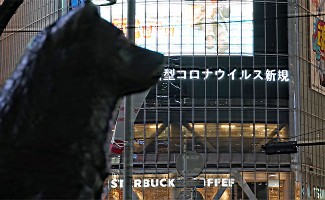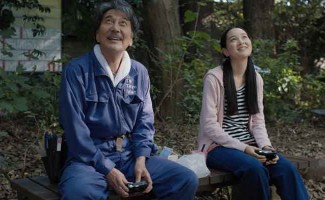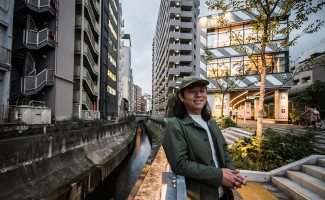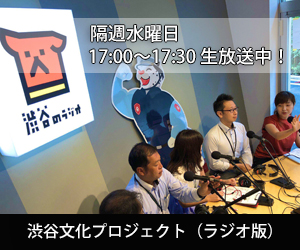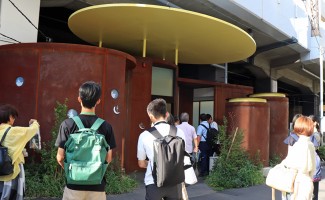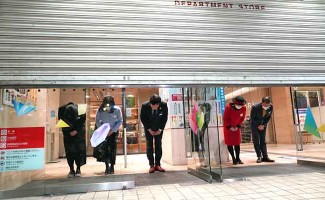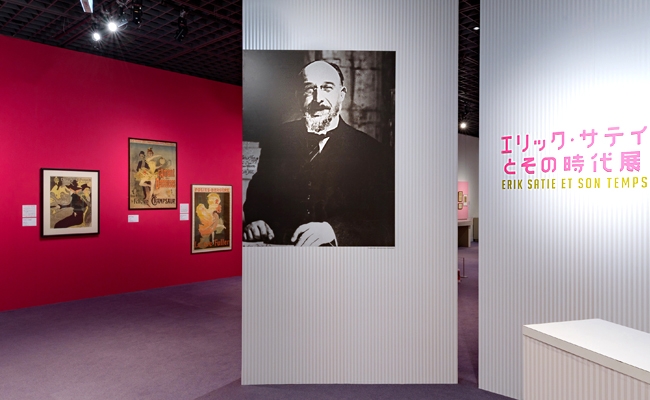
Followed by ~ Erik Satie the living traces of one man and his era Exhibition
The life of French composer Erik Satie, writer, painter, illustrator, planning solve string from involvement with artists such as director Exhibition "Erik Satie and its era" exhibition is currently held at the Bunkamura Museum ing.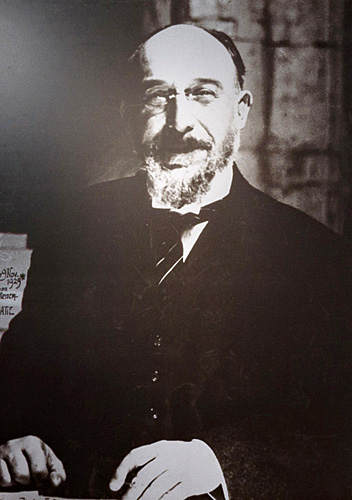
1922 gelatin silver print France modern publishing history museum
Fonds Erik Satie - Archives de France / Archives IMEC
Satie was born in 1866 in France, Normandy. Withdrawal without entering the body and be admitted to the Paris Conservatory of Music in 1879. 1887, began working as a composer in the writers and artists of the free-thinking was gathered Montmartre. It became the base is, cabaret known as the latest Culture spot "Noir". Satie served as the accompanist of the shadow play to be staged there, have composed the masterpiece "Three Jimunopeti" in this time.
Era of romantic music with a focus on Wagner had swept the Paris at the time. Satie as a chant captain of artistic activities "Rosicrucian" to introduce the painters of symbolism, also called sometimes you play the music, "Wagner-style". 1911 was a turning point. Composer Maurice Ravel in the wake of that introduced the Satie music in public, publishing Illustrated music book a "sports and distraction" by the mode magazine editor. It began to establish its evaluation.
First World War Pablo Picasso during, at ballet performances worked with Jean Cocteau et al., "Parade", expand the music that incorporates quotes from popular entertainment to suit the theme of the performance. A reputation from young artists and musicians, and artists of the art movement Dadaism to deny, attack the established order and common sense, went so as to activities together. Death in 1925. In the currently referred to as the "maverick of music", such as Debussy and Ravel, it is said to have had a significant influence on the later of Western music.
End of the century to start the activity in a unique decadent air to covered Montmartre, exploring your own music outlook while also touched on romantic music in the air, became one of the opportunity to Dadaism prosperity through the First World War Erik Satie was. In the exhibition, against the background of the art history of Satie lived era, continue to introduce the evolution of the artist called "Satie" the evaluation is now has been established.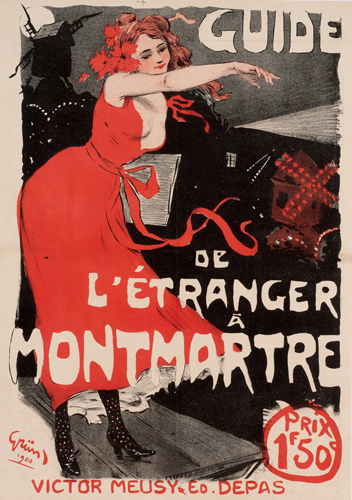
1900 paper, lithograph Montmartre museum
Musée de Montmartre, Collection Société d'Histoire et d'Archéologie "Le Vieux Montmartre"
Gathered for the posters of Montmartre guidance by Jules Grun, illustrations of "sports and distraction" by Charles Martin, Memorandum of Understanding on "Parade" by Cocteau, such as objects with the motif of Satie photos by Man Ray. The venue is divided into another era, flow works that Satie at that time in each section was composed as BGM. When proceed the venue along the growth of one person that Satie, Art Deco also Dada also Romanticism also comes through as a feeling of air that has a person who of reality that surrounds the Satie rather than art history configuration. Satie himself as well, is recalled strongly that he is only one person who survived vividly the time there.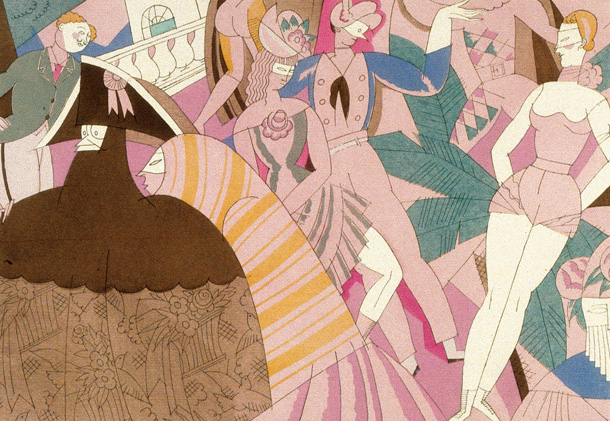
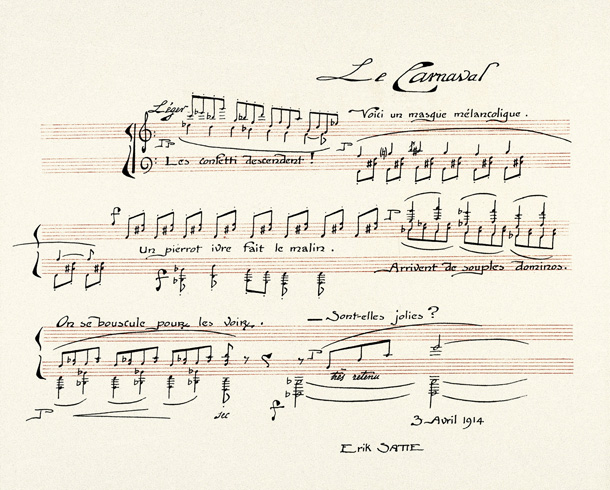 Erik Satie (Composer), Charles Martin (illustration) "sports and distraction" from "Carnival" 1914 - 23 years paper, Poshowaru France modern publishing history museum Fonds Erik Satie - Archives de France / Archives IMEC
Erik Satie (Composer), Charles Martin (illustration) "sports and distraction" from "Carnival" 1914 - 23 years paper, Poshowaru France modern publishing history museum Fonds Erik Satie - Archives de France / Archives IMEC
There is conflict and misunderstanding Some time of longing Even artists. Then it Even course correction, there Even the moment to get carried away if Rarere praise. And it survived the turbulent era enjoyed sad willing suffering. The exhibits tell the living traces left at the same time one man and is the artistic value. Some people Satie do not know very well who like, era where there is a certain artist, is to feel the after foot and survived trouble living?
Eric Satie and its era Exhibition
Yes held: July 8, 2015 (Wednesday) to August 30 (Sunday)
Yes hours: 10: 00~19: 00 ※ every Friday and Saturday until 21:00
Yes Venue: Bunkamura The Museum / Shibuya Dogenzaka 2-24-1
Yes Rates: Adults 1,400 yen In addition
〇 Official:Http://www.bunkamura.co.jp/museum/exhibition/15_satie/

Editorial Yokota
Born in 1980, Kanagawa prefecture. Shibuya since he moved to Tokyo in the period in the university is a sacred place of culture. While now belong to the Shibuya culture project editing unit, is the straw sandals life of two feet to act as a caregiver.

